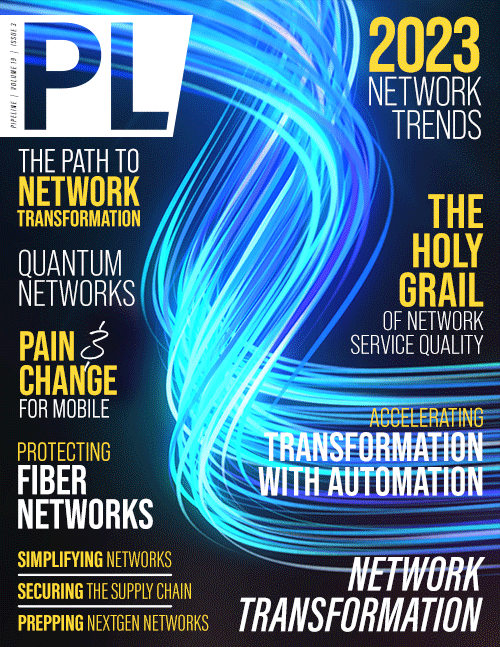Protecting Networks with Fiber Monitoring
- Live cable strike monitoring
- Burial condition awareness
- Geotechnical surveying below fiber
- Rapid response to earthquakes
- Storm monitoring
- Leak detection
As a result of the popularity of today’s newest sensing technology and the need for enterprises to employ effective sensing strategies, the global distributed fiber optic sensing market, which was valued at $1.3 billion USD in 2021, is expected to grow at a CAGR of 7.3 percent through 2030.
Protecting networks through the latest monitoring techniques is imperative for operators that want to avoid reputational and costly damage as a result of unexpected outages. Additionally, fiber monitoring has next-generation uses that go beyond just protecting cables—the sensors themselves can actually enable new technologies, such as:
Autonomous vehicles
Transportation is becoming increasingly connected—whether that’s running the navigation systems of an autonomous vehicle or enhancing the driving experience with data and content. The trucking logistics industry is also becoming reliant on sensors, robotics, vehicle maintenance monitors, and more.
The massive volumes of data passing to and from connected vehicles—particularly AVs and unmanned aerial vehicles (UAVs) that rely on real-time data to stay safe and location-aware—will demand resilient high-bandwidth connectivity, everywhere, and fiber sensors can provide the critical real-time data that can make that possible.
Smart cities
Smart cities are becoming closer to reality, but will require video, safety monitoring, and real-time street information about objects and people—all things enabled by fiber and in part, fiber sensors.
The future of fiber monitoring
As we continue to build out networks that are capable of delivering the technology of tomorrow, like autonomous vehicles and smart cities, continuing to build sophisticated monitoring systems in tandem is equally as important as building the networks themselves.
The miles of fiber cable buried underground and underseas serve as the information superhighways that propel our increasingly digitized world forward. Fiber sensing will not only protect them, but also act as the service that makes autonomous vehicles, smart cities, and safer streets a reality.



















